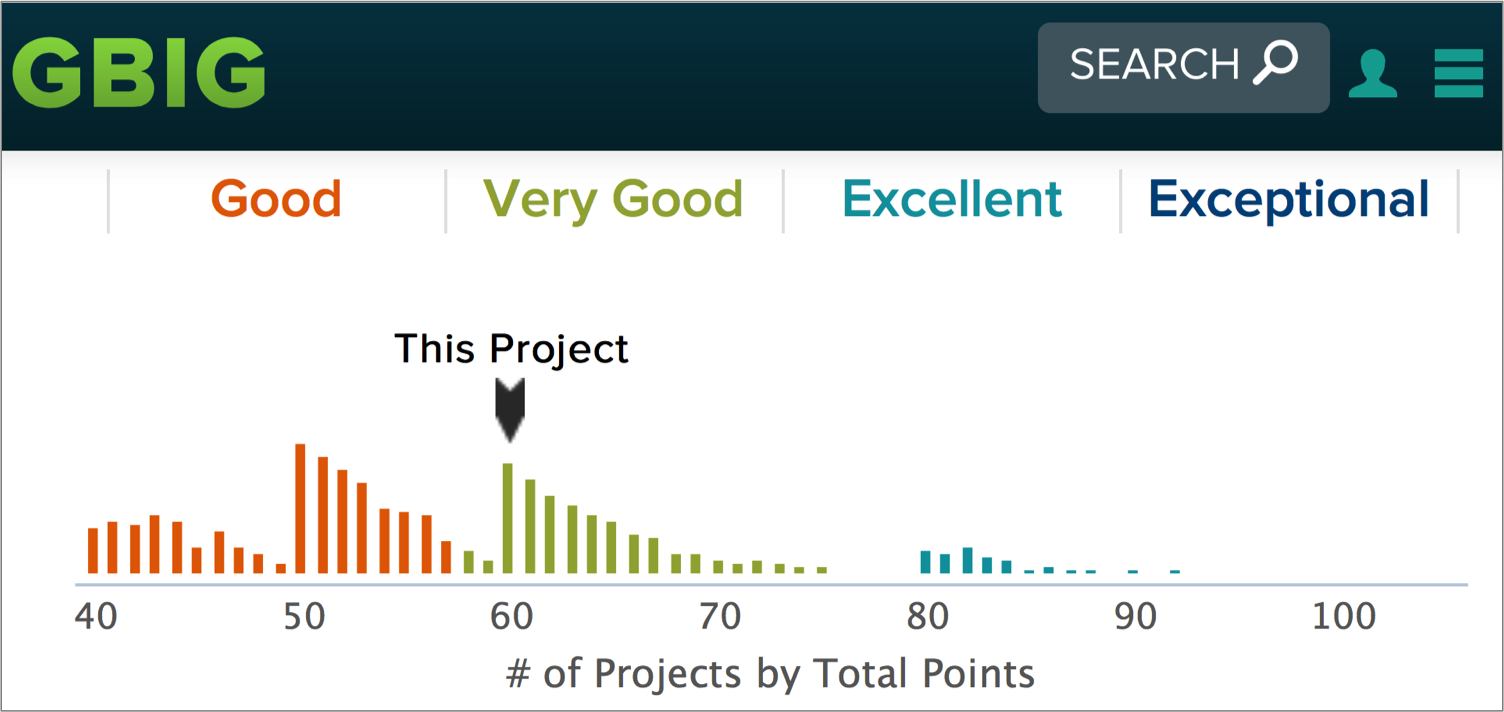Code Green Solutions


The final day of Greenbuild 2013 closed with a talk from Nate Silver, an American statistician and #1 best selling author of “The Signal and the Noise”. One take-away message was how ‘signals’ have economic value and can serve as a window into goals, values and intentions. Signaling is an important construct of a functioning market economy, as signals work to facilitate the efficient exchange of goods and services.
LEED certification sends a strong signal to the real estate market. As the dominant language of green building, a LEED rating communicates important aspects of a building. This communication capability adds a significant value dimension to the real estate equation at every point of an asset’s lifecycle.
Two leading academics at Georgia Institute of Technology analyzed the relative importance LEED plays in communicating market signals. Released in early 2014, their economic-based analysis identifies the strong signaling value of a LEED rating given the rating system’s tiered recognition structure. Their findings illustrate the value of LEED certification within the real estate market, and how the pursuit of a LEED rating stimulates building owners to attain more LEED credits and achieve higher levels of LEED certification.
The article, “Performance or Marketing Benefits? The Case of LEED Certification” published by the American Chemical Society, examines the specific LEED credit achievements of over 5,200 LEED-NCv2.x certified buildings in the United States. Their peer-reviewed research found clear evidence the market signaling benefits inherent to LEED certification drove upwards of 20% of projects to pursue more LEED points than they otherwise might have to reach the next highest rating tier.
The study builds upon early work from UCLA’s business school that theorized the intrinsic benefits of LEED certification as a market signal. The authors pave new ground by analyzing LEED points achieved at various tiers, and statistically demonstrate the ‘pull effect’ LEED certification has on project owner behavior.
We see this key insight evidenced by the inverse saw-toothed distribution of LEED point achievement across every LEED rating system in GBIG. For a specific example, the LEED v2009 rating systems require 60 points or more to achieve a LEED Gold designation.
A search of LEEDv2009 projects in GBIG returns 907 certified projects under this rating system family scoring between 58 and 61 points. Relatively few LEED projects achieved 58 or 59 points [15.9%], which is the tail end of LEED Silver designation. An outsized number of projects achieved LEED Gold at the 60 or 61 point mark [84.1%]. This result is in line with common industry experience — when a project approaches a LEED point score in striking range of the next tier, teams work harder to pursue extra LEED points to achieve a more coveted LEED rating.
Beyond the “market pull” effect, the overall desire for a LEED market signal stimulates a virtuous cycle as building owners compete to either lead the market or maintain status within their competitive set. This phenomena has been described in industry publications as a “race to the top” in an effort to capture the value of a LEED market signal.
The real estate market is characterized by information imbalances – typically one party knows more than the other at important financial moments such as a leasing or sales transaction. The ability to signal, by providing meaningful indicators on asset quality and operating efficiency, serves to break down information asymmetry in a noisy and crowded marketplace.
After a decade of application, the LEED green building rating system is firmly established in the real estate industry as a market signal that provides significantly greater levels of information transparency to market participants. LEED certification serves to differentiate business practices from competitors and showcases an ongoing commitment to leadership.
Building owners are attracted to LEED’s communication characteristics as they work to serve a range of stakeholders including tenants, shareholders, regulators, employees, business partners and members of the communities in which they operate. Stakeholders come to rely on rating systems like LEED to gain richer context into issues of specific interest, and areas of financial relevance.
Similar to how completing a Masters degree provides signals to the job market on an individual’s competency and commitment along a pre-described set of requirements, a building’s LEED certification level and detailed scorecard is a well-recognized market signal. The desire to achieve a higher LEED designation, and the meaning that confers, drives teams to strive for more LEED points resulting in greener projects.
Market signaling has a long, distinguished history in the capitalist economic construct. Some economic historians may recall John Wanamaker, the pioneer of the modern-day department store. Wanamaker was deeply steeped in achieving value through market signaling; in fact he is the inventor of the most fundamental signal of them all……the price tag.
This highly acclaimed captain of industry once famously said, “Half my advertising is wasted, I just don’t know which half.” If Wanamaker were a participant in today’s information age, there’s little question he would recognize the value of using LEED as a signal of best business practices for his company’s department stores.
Motivating a competitive marketplace to achieve greener outcomes is key to market transformation. Markets rely on signals for both short-term function and long-term evolution. LEED provides a strong signal to all market participants and will be an important contributor to continued progress in the real estate industry.